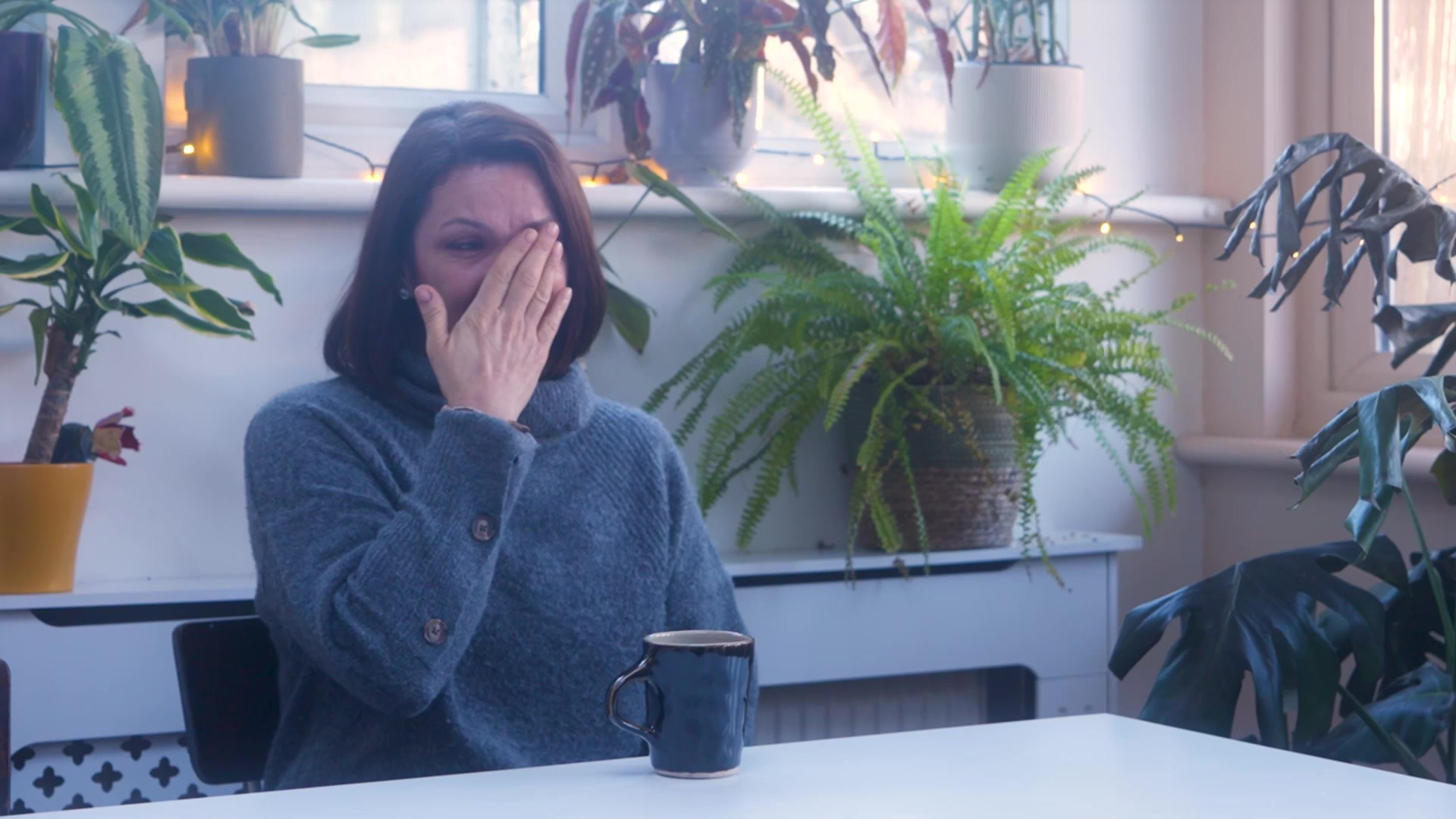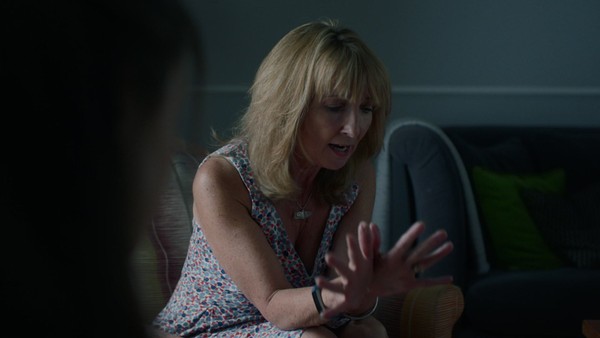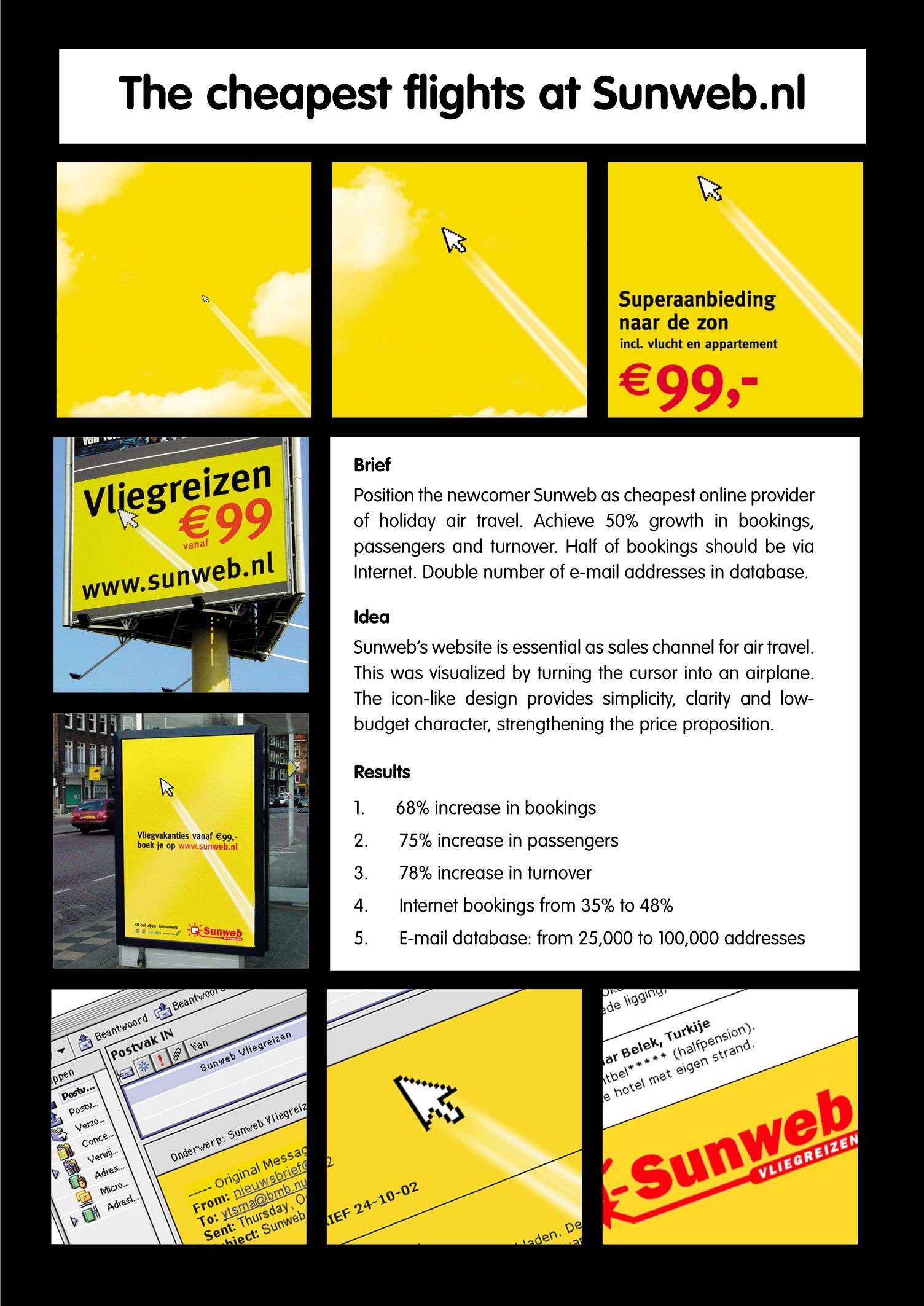Brand Experience and Activation > Brand Experience & Activation: Sectors
GALLERY OF HOPE
BMB, London / BREAST CANCER NOW / 2024


Overview
Credits
OVERVIEW
Why is this work relevant for Brand Experience & Activation?
The Gallery of Hope was a photography exhibition held at the Saatchi Gallery in London, put on by the charity 'Breast Cancer Now.' It was visited by members of the public, who experienced seeing photographs from the future of people living with terminal breast cancer. The gallery told the story of how these photos could become reality for those people if there is enough support for Breast Cancer Now's groundbreaking research into new treatments. The gallery was a unique and emotive way for people to engage with the charity and better understand why what they do is so important.
Please provide any cultural context that would help the Jury understand any cultural, national or regional nuances applicable to this work.
The charity is based in Britain and supports people affected by breast cancer in the UK.
They are well known to the public, but the subject matter of incurable secondary breast cancer is not one that gets much media attention. Breast Cancer charity work in general, in the UK at least, tends to be a sea of pink balloons and smiling people given the all-clear. It does not tend to focus on the reality for many people - that their cancer may spread and they be given a devastating terminal diagnosis. That's why the charity wanted to focus on it in such an in-depth and emotive way.
The gallery was hosted in London's world-renowned Saatchi gallery, which gets an average of 5000 visitors per day.
Background
There are 61,000 people in the UK living with secondary breast cancer. That means the cancer has spread to other parts of the body and is therefore incurable. It will, eventually, take their life. However, thanks to Breast Cancer Now's groundbreaking research, people can live healthier and longer lives as new treatments are developed to keep the cancer from spreading further.
The brief was to create a non-traditional campaign on a low budget, that raises awareness of the value of this research into secondary breast cancer. Show how it can give people diagnosed with this terminal disease hope that they can live to experience many of life’s important moments.
The objectives were to change people's perception of what a secondary breast cancer diagnosis means, how important research is, and garner as much earned media as possible to spread that message to the nation.
Describe the creative idea
A photography exhibition, open to the public, of portraits from the future. Photographs showing people living with terminal cancer, the moments that they could live to see because of Breast Cancer Now's continuing research into new treatment options.
The photographs were created using a bespoke AI model trained specifically on the work of our photographer, to recreate her style, and not simply steal from unaffiliated artists and photographers on the web.
Describe the strategy
The majority of people living with secondary breast cancer are women aged between 55 and 70. However, it can still affect younger women and men also. So we enlisted a cast that reflected this diversity. Five women over 55, four younger than that, and one man, all living with incurable secondary breast cancer.
Likewise, our target audience was similarly diverse. We had paid social ads targeted to a wide variety of people in the London area, encouraging them to come to the gallery.
But also, we had other paid social assets that told the story of the gallery and its participants that were targeted across the whole nation.
We were then delighted that the story of our exhibition was picked up by news media, spreading the story even further to people from walks of life across the UK.
Describe the execution
It was key that this exhibition was seen by as many people as possible and it felt as big and important as the topic itself. Therefore landing a high profile venue for it was paramount. The Saatchi Gallery in London provided exactly that.
The production of the future portraits began with multiple interviews with our participants to learn about the future moments they would like to see. After that, we worked closely with renowned photographer Jillian Edelstein to compose what exactly the final images should look like. Then we partnered with AI specialists to input her photographs of the cast along with precise prompts to generate the final artwork.
But the campaign didn't end there. We also created a range of other content, including a documentary film, to share the story of the gallery and its participants. So those who couldn't attend the gallery in person could still experience it.
List the results
As well as an overwhelmingly positive and emotive response from the thousands who visited the gallery in person, the story of it spread across multiple news sources on both traditional and non-traditional media.
Multiple participants were interviewed about their experience of being involved in the gallery on national television and radio, we had articles written in multiple national newspapers including the Daily Mail and Express, and an in-depth article was displayed on the homepage of the BBC News app - which has a whopping 65 million daily unique users. The BBC News Instagram also posted the article which received over 71,000 likes.
Overall, it is estimated the campaign had a total reach of over 100 million, generating an earned media valuation of over £531,690.
More Entries from Not-for-Profit / Charity / Government in Brand Experience and Activation
24 items
More Entries from BMB
24 items









